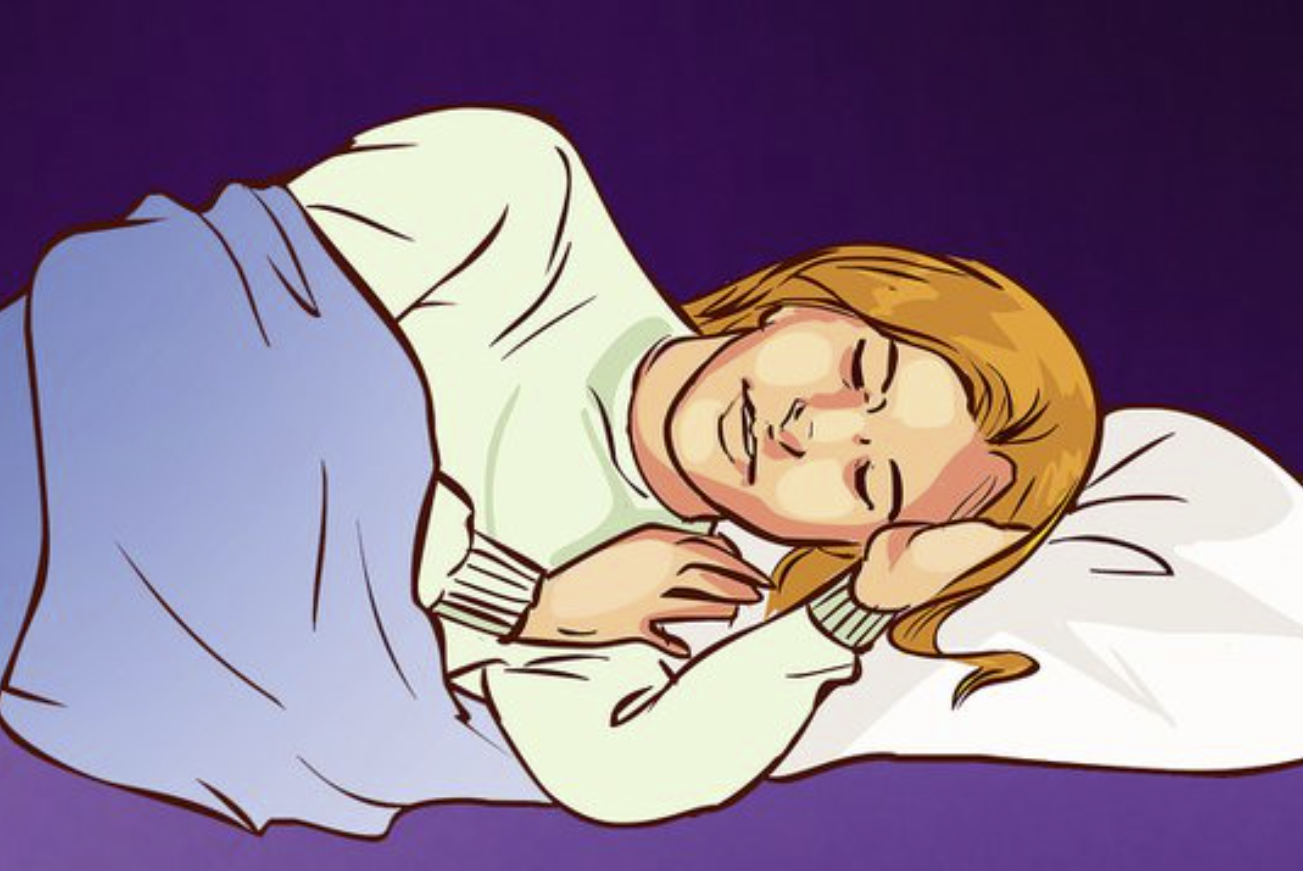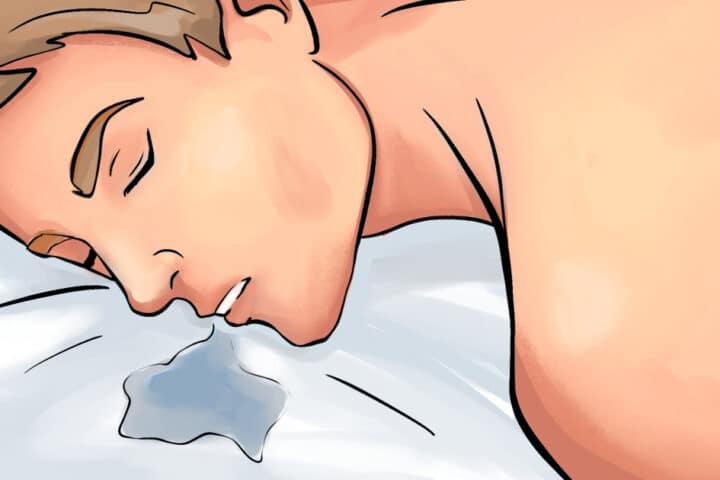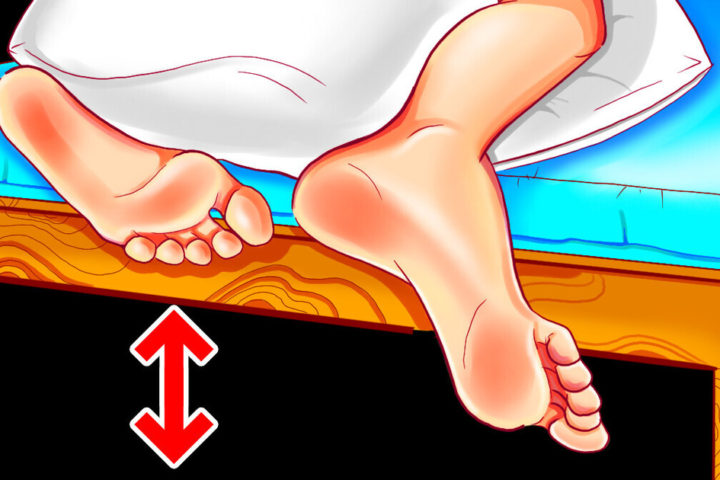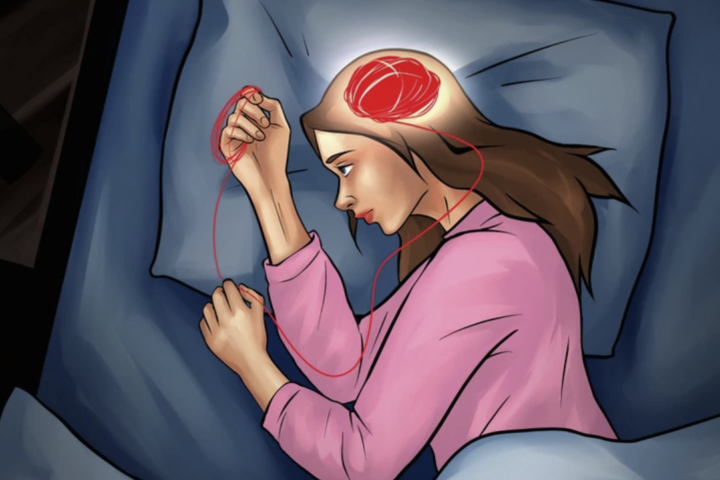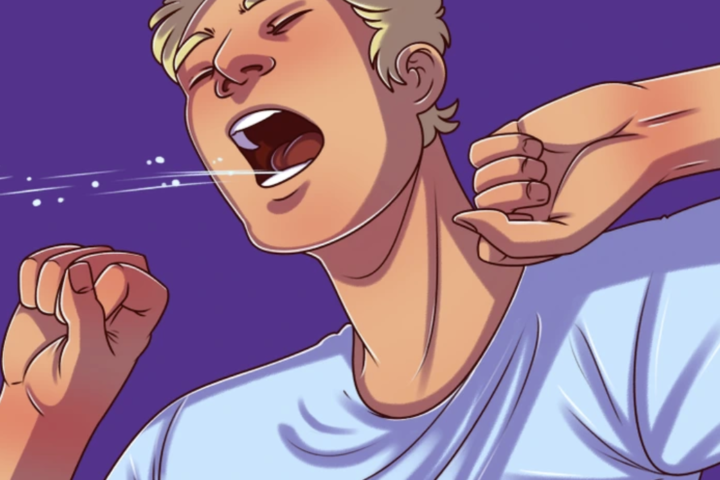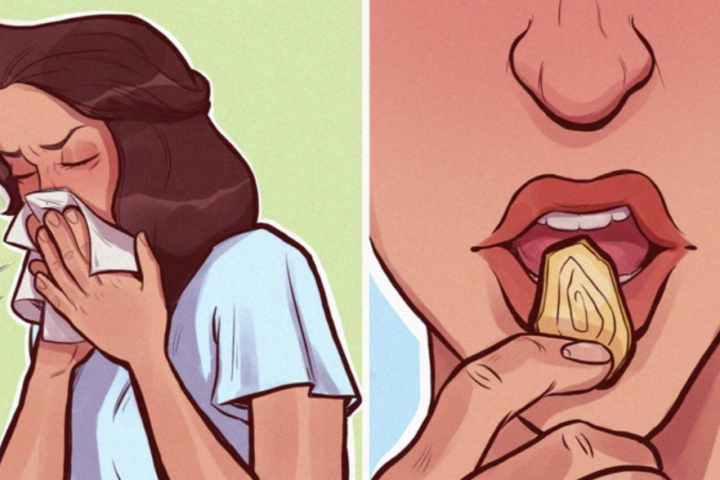Side sleeping is a popular position for many people when they go to bed. However, some individuals experience pain or discomfort in their neck, shoulders, hips, or back as a result of side sleeping. If you’re a side sleeper experiencing these problems, there are several things you can do to alleviate your discomfort and improve your quality of sleep. Here are some of the ways to stop being a side sleeper.
1. Choose the Right Mattress
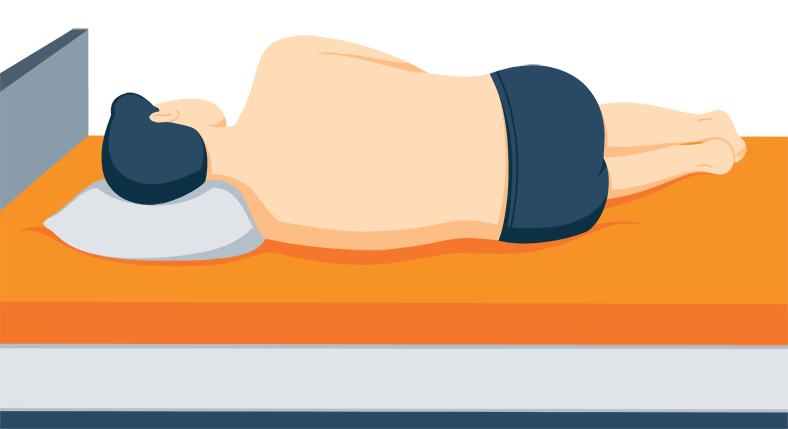
One of the most important factors in getting a good night’s sleep is having the right mattress. When it comes to side sleepers, it’s important to choose a mattress that provides proper support and comfort to your body. A mattress that’s too firm or too soft can cause discomfort, particularly in your shoulders, hips, and lower back.
Ideally, side sleepers should choose a mattress that’s medium-firm or soft. This allows your body to sink into the mattress slightly, providing support and pressure relief where you need it most. Additionally, consider a mattress that has a contouring or memory foam layer, which will conform to your body’s natural curves and provide additional support.
If your mattress is too firm, consider adding a mattress topper or foam pad to provide additional cushioning. If your mattress is too soft, consider adding a firmer layer.
2. Use a Supportive Pillow
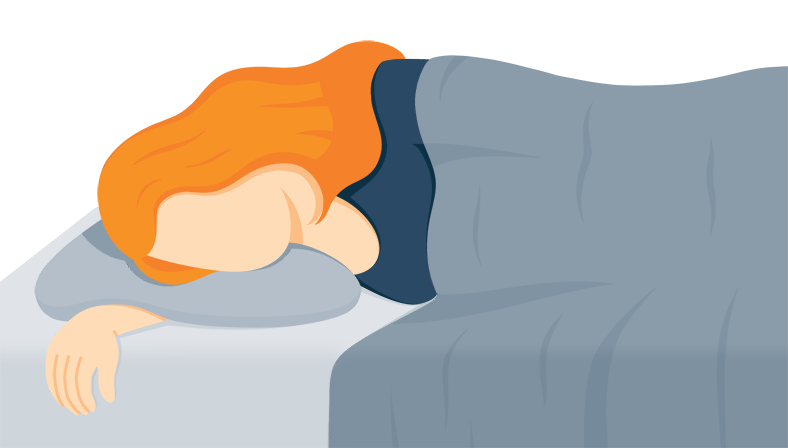
A good pillow is also crucial for side sleepers. A supportive pillow can help maintain proper alignment of your spine and alleviate pressure on your neck, shoulders, and hips. Look for a pillow that’s firm enough to support your head and neck but not so thick that it pushes your head forward.
Memory foam pillows are often a good choice for side sleepers because they conform to the shape of your head and neck, providing customized support. Alternatively, a pillow that’s slightly thicker on one end than the other can also help keep your spine aligned while you sleep.
3. Improve Your Sleep Environment
The environment in which you sleep can also have an impact on your comfort and quality of sleep. For side sleepers, it’s important to have enough space to move around without feeling cramped or constrained. Additionally, consider the temperature and humidity levels in your bedroom.
A cool, dry environment can be more conducive to sleep than a warm, humid one. You may also want to consider investing in a quality set of sheets and blankets that are breathable and moisture-wicking to help regulate your body temperature and keep you comfortable throughout the night.
4. Stretch Before Bed
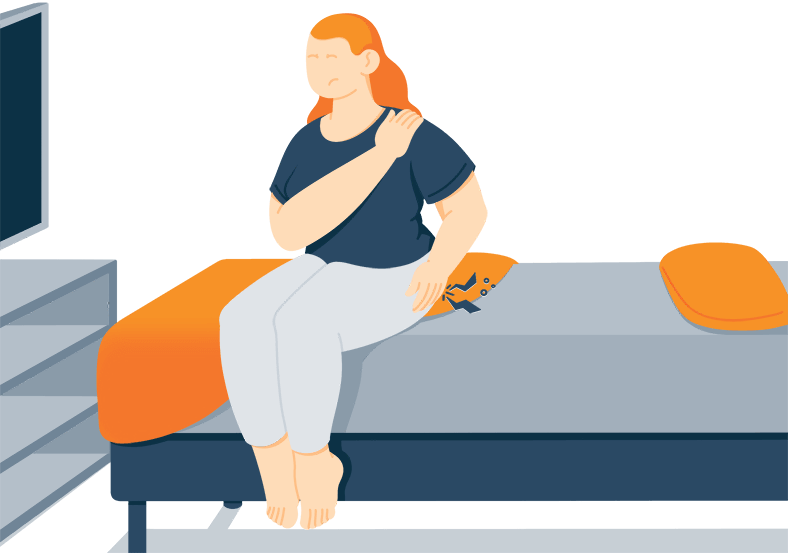
Stretching before bed can also help alleviate discomfort associated with side sleeping. A few simple stretches can help improve flexibility and loosen up tight muscles in your neck, shoulders, hips, and back. Try a few of these stretches before bed to help relax your muscles and improve your quality of sleep:
- Neck stretch: Tilt your head to one side and hold for 15-30 seconds. Repeat on the other side.
- Shoulder stretch: Bring your arm across your chest and hold for 15-30 seconds. Repeat on the other arm.
- Hip stretch: Lie on your back and bring one knee toward your chest. Hold for 15-30 seconds, then repeat with the other knee.
- Back stretch: Lie on your back and bring both knees toward your chest. Hold for 15-30 seconds.
5. Change Your Sleeping Position
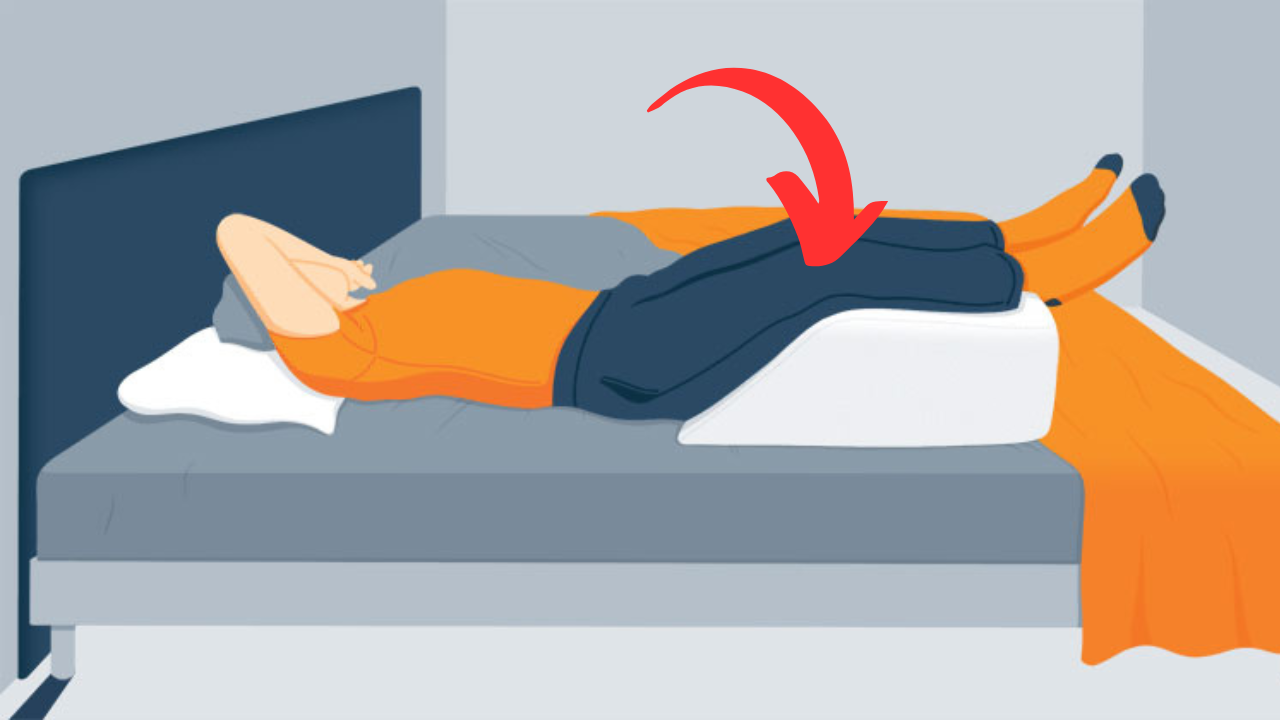
If you’re not used to sleeping on your back, it may take some time to get used to this position. Try placing a pillow under your knees to help keep your spine aligned and reduce pressure on your lower back.
Sleeping on your back is often recommended for individuals who experience pain or discomfort while side sleeping. This position can help distribute your weight more evenly and alleviate pressure on your hips, shoulders, and neck.
6. Use a Body Pillow
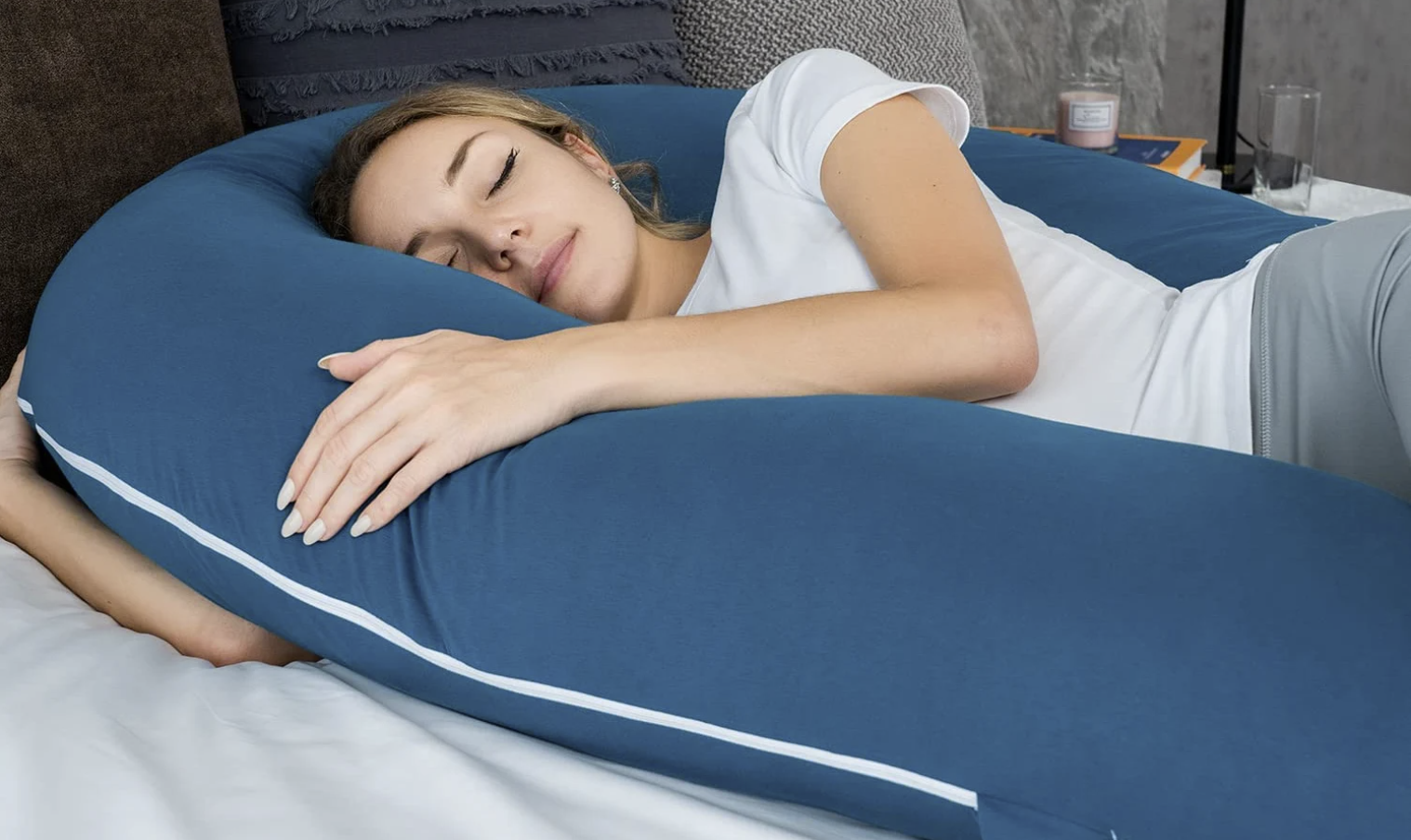
Using a body pillow is a great way for side sleepers to alleviate discomfort and pressure on their hips, shoulders, and back. A body pillow is a long, cylindrical pillow that is designed to be hugged and cuddled, providing support and cushioning for the body while sleeping.
There are several benefits to using a body pillow while side sleeping:
- Improved Spinal Alignment: A body pillow can help maintain proper alignment of the spine while side sleeping. By hugging the pillow between the legs, the hips and pelvis are kept in a neutral position, reducing strain on the lower back and promoting a healthy alignment of the spine.
- Reduced Pressure on Hips and Shoulders: Side sleeping can put pressure on the hips and shoulders, causing discomfort and pain. A body pillow can help alleviate this pressure by providing cushioning and support where it’s needed most.
- Enhanced Comfort: Body pillows are designed to be hugged and cuddled, providing a comforting and soothing feeling while sleeping. This can help improve the quality of sleep and promote relaxation.
- Reduced Tossing and Turning: Tossing and turning can disrupt sleep and cause discomfort. By using a body pillow, side sleepers can stay in a comfortable and supported position throughout the night, reducing the need to toss and turn.
When using a body pillow, it’s important to choose the right size and shape for your body. Body pillows come in a variety of sizes and shapes, ranging from full-body length to smaller, wedge-shaped pillows.
7. Use a Heating Pad or Ice Pack
Using a heating pad or ice pack can be helpful for side sleepers who experience discomfort or pain in certain areas of their body. Here’s how to use them effectively:
- Heating pad: If you have muscle tension or stiffness, a heating pad can help to relax the muscles and increase blood flow. Place the heating pad on the affected area for 15-20 minutes, then remove it and take a break for at least 30 minutes before reapplying. Avoid falling asleep with the heating pad on, as this can increase the risk of burns.
- Ice pack: If you have an injury or inflammation, an ice pack can help to reduce swelling and numb pain. Wrap a cold pack or a bag of ice in a towel and place it on the affected area for 15-20 minutes. Take a break for at least 30 minutes before reapplying. Avoid falling asleep with the ice pack on, as this can cause skin damage.
- Alternating heat and cold: Alternating between heat and cold can be helpful for some people. Start with a heating pad for 15-20 minutes, then switch to an ice pack for 15-20 minutes, and continue alternating for up to an hour. This can help to reduce inflammation and promote healing.
- Safety precautions: When using a heating pad or ice pack, always follow the manufacturer’s instructions and safety precautions. Check the temperature of the heating pad or ice pack before use to avoid burns or frostbite. If you have any medical conditions, such as diabetes or circulation problems, talk to your doctor before using heat or cold therapy.
8. Maintain a Healthy Weight
Maintaining a healthy weight is important for overall health, and it can also help side sleepers reduce discomfort and improve sleep quality.
Eat a balanced diet that includes a variety of nutrient-dense foods such as fruits, vegetables, whole grains, lean protein, and healthy fats. Avoid processed foods, sugary drinks, and excessive amounts of saturated and trans fats.
Be mindful of portion sizes, and try to eat smaller, more frequent meals throughout the day. This can help regulate blood sugar levels and prevent overeating.
Regular exercise can help you maintain a healthy weight, reduce stress, and improve sleep quality. Aim for at least 30 minutes of moderate-intensity exercise, such as brisk walking, cycling, or swimming, most days of the week.
Getting enough sleep is important for maintaining a healthy weight, as lack of sleep can disrupt hormone levels that regulate appetite and metabolism. Aim for 7-9 hours of sleep per night.
9. See a Doctor or Physical Therapist
If you’ve tried all of the above methods and are still experiencing discomfort while side sleeping, it may be time to see a doctor or physical therapist. They can help diagnose any underlying medical conditions or recommend exercises and therapies to alleviate pain and discomfort.

